
Vueron Newsletter
No. 68
2023.12.01
| Texas Building Highway Lanes Only for Self Driving Trucks | ||
| Black Sesame Technologies, HASCO to co-build autonomous driving domain control platform | ||
| Changan Automobile Shares Rise on Plans for Huawei Tie-Up | ||
| GM to cut spending on Cruise after accident |
1. Texas Building Highway Lanes Only for Self Driving Trucks
-
- Aurora, a company, already has 75 autonomous trucks operating in Texas, indicating a growing presence of self-driving vehicles in the state.
- Texas Department of Transportation (TxDOT) plans to create a dedicated lane for autonomous trucks, scheduled for completion in the summer of 2024.
- The autonomous vehicle lane will be exclusively for self-driving big rigs, and even owners of autonomous vehicles will not be allowed to use this lane.
- Canvue, a company, is assisting TxDOT in implementing the necessary infrastructure for the dedicated autonomous vehicle lane, involving cameras, radar, communication hardware, and machine learning, leveraging AI for enhanced functionality.
- The digital infrastructure aims to support self-driving freight vehicles and benefit all users of the roadway.
- The dedicated lane is part of efforts to accommodate the integration of autonomous vehicles into the transportation system.
- The initial deployment of this autonomous lane will be in the vicinity of Austin, Texas.
- The article suggests the potential for similar dedicated autonomous lanes to be established in other Texas cities, such as Dallas or Houston, in the next five years.
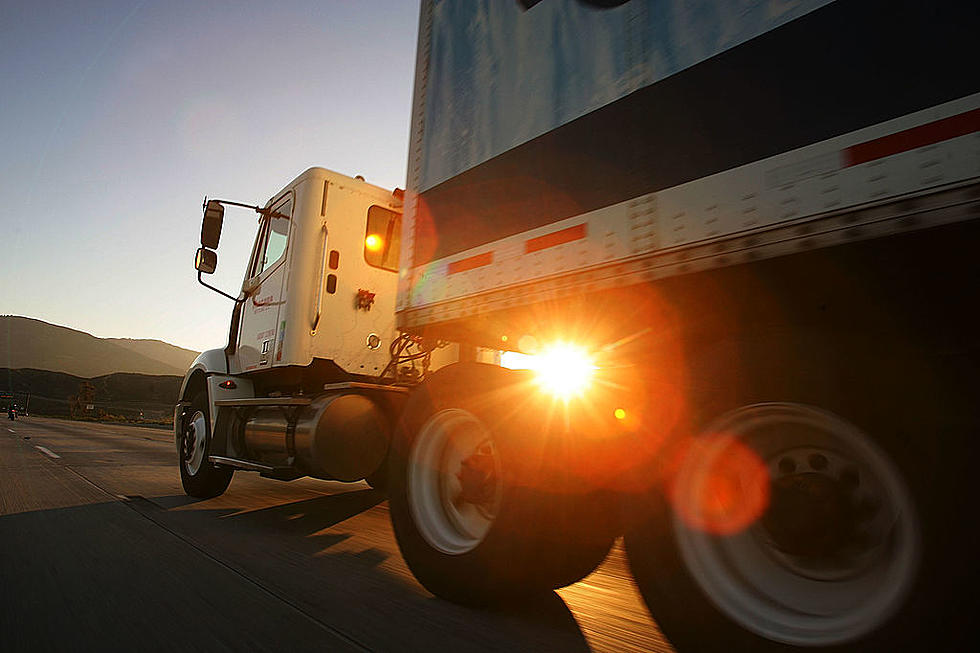
The creation of a dedicated lane for autonomous trucks indicates a proactive approach by Texas to facilitate the integration of autonomous technology into the existing road infrastructure. The collaboration between TxDOT and Canvue underscores the importance of advanced infrastructure, including AI and machine learning, to support the safe and efficient operation of autonomous vehicles.
2. Black Sesame Technologies, HASCO to co-build autonomous driving domain control platform
-
- Black Sesame Technologies and HASCO Automotive have formed a strategic cooperation pact to co-develop an integrated autonomous driving domain controller platform.
- The collaboration aims to leverage Black Sesame Technologies’ Huashan® A1000 series chips to create a cost-effective solution for autonomous driving.
- The partnership aligns with the automotive industry’s trend toward intelligence, supporting the growth objectives of both Black Sesame Technologies and HASCO.
- The focus of the collaboration includes utilizing the Huashan® A1000 series chips in various automotive electronics sectors, encompassing design, research and development (R&D), targeted product development, and establishing multi-tier communication, business collaboration, and learning mechanisms.
- HASCO specializes in intelligent driving, offering sensor fusion systems such as millimeter-wave radar, domain controllers, cameras, and solid-state LiDAR, with independent R&D capabilities for comprehensive smart driving perception solutions.
- Black Sesame Technologies is known for delivering automotive-grade intelligent computing chips and chip-based solutions. Their Huashan series high-computing chips and Wudang series cross-domain computing chips enable capabilities for autonomous driving, smart cabins, advanced imaging, and connectivity, providing high-performance and cost-effective autonomous driving solutions.
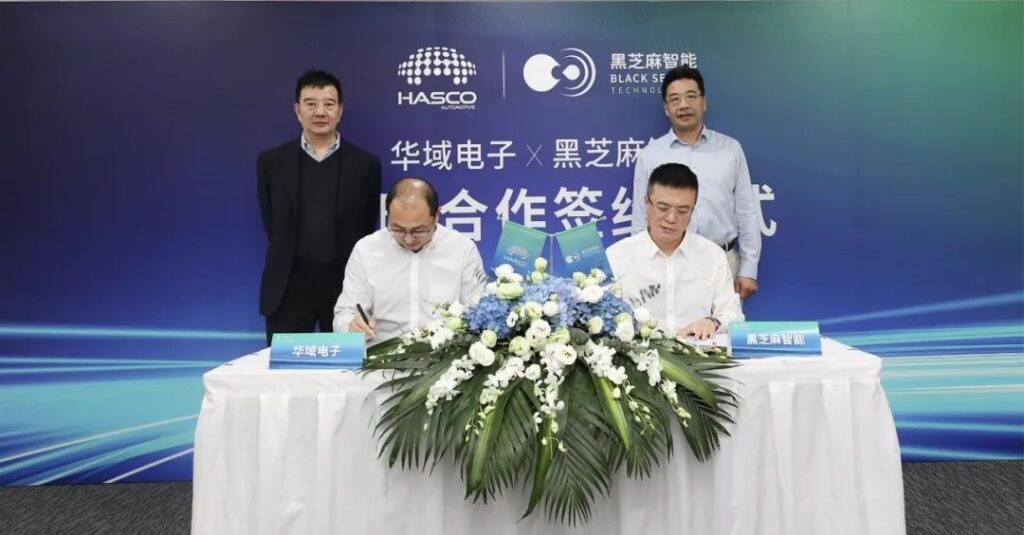
The collaboration between Black Sesame Technologies and HASCO Automotive reflects a strategic alignment in response to the automotive industry’s increasing emphasis on intelligence and autonomous driving. The collaboration positions both companies to contribute to advancements in autonomous driving, smart cabins, advanced imaging, and connectivity, showcasing a commitment to providing high-performance and cost-effective solutions for the automotive market.
3. Samsung Electronics to Lead Autonomous Driving Era with New Memory Technology
-
- Samsung Electronics unveiled memory strategies at the Investors Forum 2023 in Hong Kong, aiming to prepare for the “AI Big Bang” era.
- The company targets dominance in the automotive memory market by 2025, with plans to introduce AI-related products starting from the next year.
- The AI market expansion from cloud servers to on-device technologies prompts Samsung to meet the demand for the upcoming era of autonomous driving with various solutions.
- The automotive system semiconductor market, currently at $50 billion, represents 4% of the total $1.34 trillion market. It is projected to grow at an average annual rate of 17% over the next five years, outpacing the mobile (6%) and high-performance computing (12%) sectors.
- As autonomous driving technology advances, the automotive sector’s growth is expected to accelerate, with an increase in the number of sensors and AI computing performance, driving focus towards “on-device AI” without network connectivity.
- Samsung is developing automotive memories to meet future industry demands, including a new “561-ball package” LPDDR5X automotive memory module in H1 2024, offering 20% greater power efficiency in a smaller size.
- A detachable Auto SSD, enhancing data efficiency through storage virtualization, is set to be released next year, supporting a maximum continuous read speed of 6500 MB/s and offering a 4 TB capacity.
- In 2025, Samsung plans to launch GDDR7 high-speed Graphic DRAM, capable of 32 Gbps, suitable for applications such as autonomous vehicles, aiming to become a leader in the automotive semiconductor industry.
- The company aspires to lead the era of complete autonomous driving (level 5) by 2030.
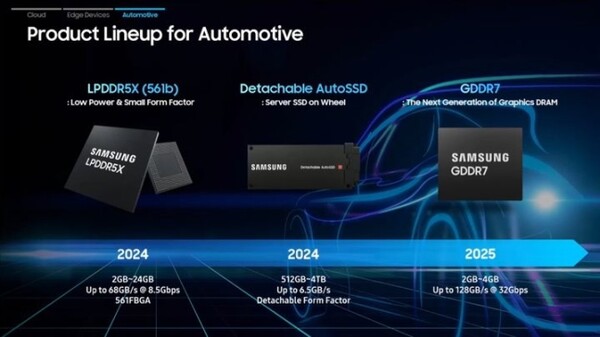
Samsung’s strategic focus on automotive memory solutions reflects the anticipation of significant growth in the autonomous driving era, aligning with the industry’s shift towards on-device AI. Samsung’s emphasis on smaller, more power-efficient memory modules and detachable SSDs aligns with the evolving requirements of autonomous driving systems, emphasizing efficiency, performance, and ease of upgrades.
4. Changan Automobile Shares Rise on Plans for Huawei Tie-Up
-
- Chongqing Changan Automobile shares rose by the daily limit as the market welcomed plans for collaboration with Huawei Technologies on autonomous driving and advanced automotive systems.
- The state-run company’s shares surged 10% to 19.56 yuan ($2.74), marking the largest one-day gain since July.
- Changan intends to take up to a 40% stake in the joint venture with Huawei, with the deal expected to be completed within six months, pending further discussions.
- Citi analysts view the collaboration positively, comparing it to government efforts in consolidating the battery sector. They see it as a move to standardize advanced driver-assistance systems (ADAS) by pooling assets and research and development spending to enhance AI development efficiency.
- The analysts believe this collaboration is favorable for Changan and ADAS-component-related stocks such as Hesai, Desay, Sanhua, and Tuopu.
- The new joint venture’s estimated value is around CNY250 billion ($34.97 billion), according to analysts, exceeding Changan’s market cap of approximately CNY153 billion.
- Citi maintains a neutral rating on Changan’s shares with a target price of CNY16.20.
- Changan is one of China’s traditional “big four” state-run automakers, and the positive market response extends to Dongfeng Automobile, another member, with a 5.0% rise in morning trading.
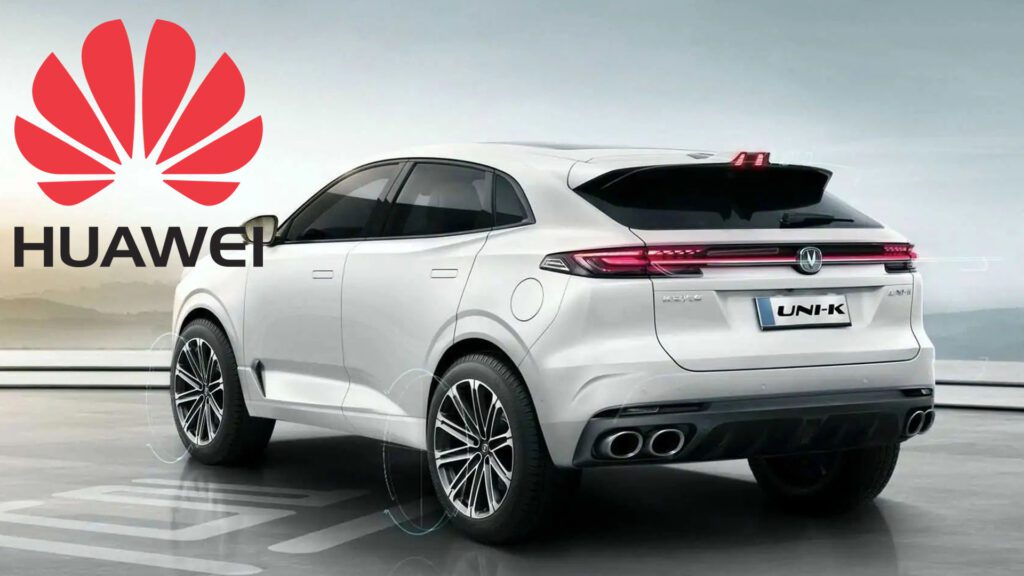
The collaboration between Changan and Huawei signifies a strategic move into advanced automotive technologies, particularly in the realm of autonomous driving and digital platforms. The positive impact extends beyond Changan, with a ripple effect seen in the rise of shares for Dongfeng Automobile, indicating a broader positive sentiment in the market regarding the collaboration between traditional automakers and tech giants like Huawei.
5. GM to cut spending on Cruise after accident
-
- General Motors (GM) plans to scale back spending on its self-driving unit, Cruise, following a pedestrian accident last month.
- The decision follows an incident where one of Cruise’s driverless cabs was unable to stop in time and hit a pedestrian who had been struck by a hit-and-run driver, raising safety concerns around the use of autonomous vehicles.
- GM and Cruise have not provided an immediate response to requests for comments.
- In November, Cruise temporarily halted all supervised and manual car trips in the United States and expanded a safety review of its robotaxis after the accident.
- The safety review and the incident led to internal turmoil, prompting the CEO Kyle Vogt and Chief Product Officer Daniel Kan to step down.
- Despite the cutback in spending, GM’s robotaxi unit plans to relaunch in an unspecified city, focusing on its Bolt-based Cruise autonomous vehicles in the near term.
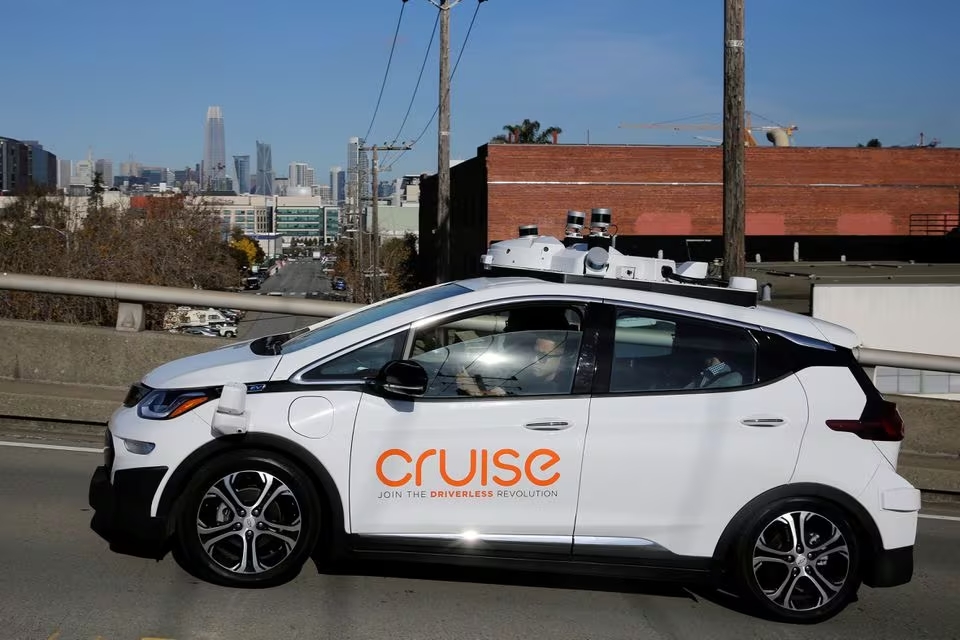
The decision by GM to scale back spending on Cruise suggests a reassessment of priorities and strategies in the wake of the recent pedestrian accident, reflecting the challenges and safety concerns in the development of autonomous vehicle technology. The incident and subsequent safety review have led to leadership changes within Cruise, indicating the significance of safety considerations in the autonomous driving industry.
*Contents above are the opinion of ChatGPT, not an individual nor company

